We undertake a tour of Karnataka taking in a region that dates back to the palaeolithic age and is recognised for Indian classical music. It is also a multilingual state with a Sanskrit-speaking town
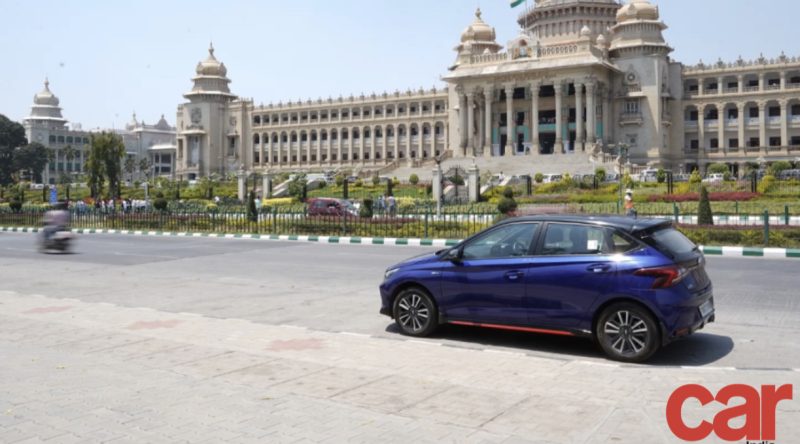
Story: Kurt Morris
Photography: Apurva Ambep
Road trips are by far our favourite mode of transport, whether we’re in a vehicle or a camper van. There’s something enticing about the wide road with all its freedom and spontaneity. It’s the freedom to stop wherever and whenever you want to while uncovering hidden jewels along the way as the road snakes endlessly ahead, surrounded by a breathtaking landscape.
For this road trip, we set out to explore and take in the culture of the great state of Karnataka. Earlier, it was known as the state of Mysore until being renamed in 1973. Bengaluru (erstwhile Bangalore) is India’s knowledge capital and a major information technology hub or the Silicon Valley of the country. It is the world’s fourth-largest technological cluster and the world’s first digital metropolis. The state of Karnataka is also known as Asia’s knowledge, research, and innovation hub.
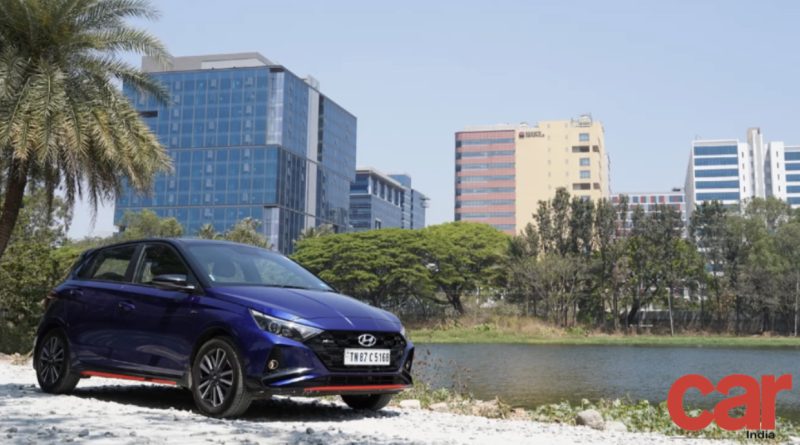
Our ride of choice was the Hyundai i20 N Line which is powered by a 1.0-litre turbo-petrol engine that produces 120 hp and 172 Nm and sends it via a seven-speed DCT automatic gearbox to the front wheels, making it a lovely hot hatch that is ideal to tackle the Bengaluru city traffic.
We first headed to the state legislature of Karnataka housed in Vidhana Soudha in the heart of Bengaluru. It is built in the Neo-Dravidian style which includes aspects from several Dravidian forms. Construction of this building began in 1952 and was finished in 1956. The legislative assembly and the legislative council, the two houses of the princely state of Mysore’s legislature, were created in 1881 and 1907 respectively. Until India’s independence from British rule on 15 August 1947 (when Mysore acceded to India), sessions of the two houses were conducted in Mysore (now called Mysuru), with joint sessions being held in the Bengaluru Town Hall.
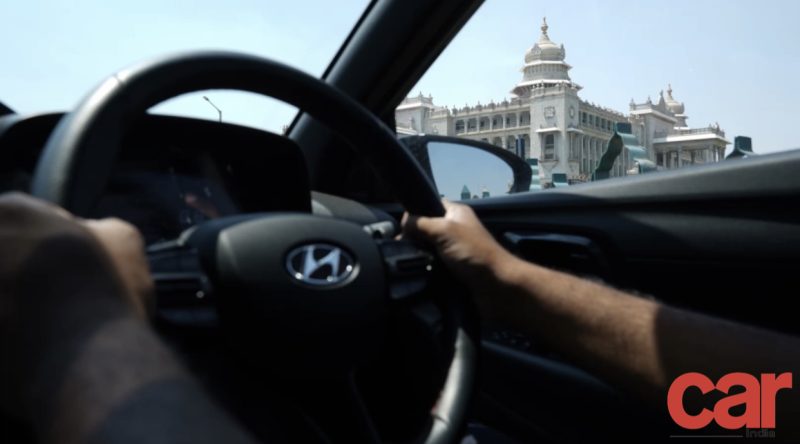
With destinations like Mysuru, Hampi, and Pattadakallu to visit, Karnataka is famed for its tradition and picturesque beauty. When it comes to tourism in southern India, Karnataka is frequently disregarded in favour of Goa’s beaches, Tamil Nadu’s temples, and Kerala’s backwaters. Karnataka, on the other hand, is a lovely state with ageless monuments, world heritage sites, lush green forests, amazing wildlife, beautiful hill stations, attractive beaches, and diverse civilizations.
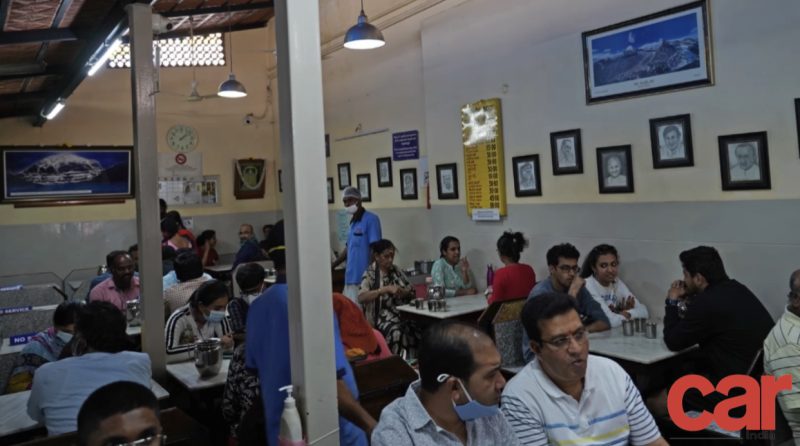
To explore any local culture the best place is to start with the local cuisine, so we decide to try out a Bengaluru institution that our local friends had recommended. Vidyarthi Bhavan (it means “student house” in Kannada) is a vegetarian tiffin restaurant located in Gandhi Bazaar, Basavanagudi, South Bengaluru. It is regarded as a landmark in the neighbourhood and Bengaluru in general, the masala dosa served here being particularly well-known. Venketarama Ural created Vidyarthi Bhavan in 1943 to cater to the students from outside the city who were attending the adjacent Acharya Pathasala Public School and National College as well as other schools in Gandhi Bazaar, an area known for its concentration of educational institutions. The restaurant serves a small menu of south Indian breakfast items and is noted for preserving the decor and food as closely as possible to their original state. The restaurant’s clientele is also well-known, with writers, in particular, frequenting it and using it as a “creative gathering area”.
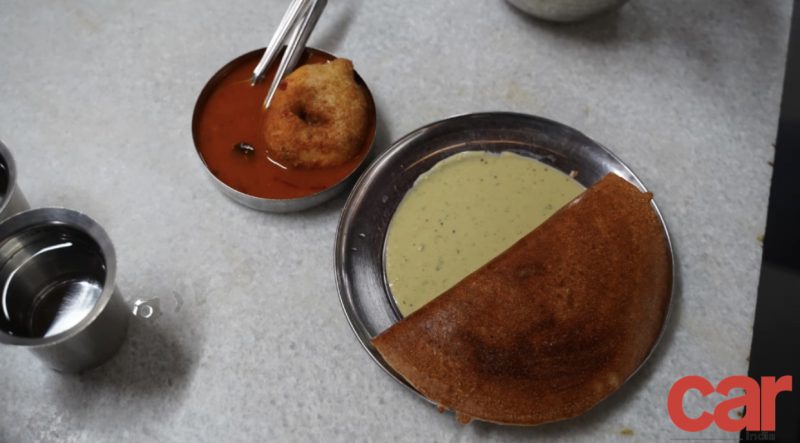
After a scrumptious meal, it was time to take in another aspect of culture that we often take for granted, which is art. We made our way towards the National Gallery of Modern Art, an art gallery in Bengaluru. It was first opened to the public in 2009. It features paintings by Raja Ravi Verma, Jamini Roy, Amrita Sher-Gil, Rabindranath Tagore, and a number of other modern and contemporary Indian painters.
Raja Manickyavelu Mudaliar, a mining baron, was the original owner and the mansion was named after him. Legend has it that he bought this land from the Mysuru Wadiyars. Raja Manickyavelu is claimed to have come from a destitute background, but attained riches after years of working in the chrome and manganese mines. Unfortunately, his prosperity did not endure long and the Bengaluru Development Authority bought the property. The NGMA displays our country’s cultural essence through paintings, graphic prints, early photography, and sculptures.

If you’re anything like us, music is your life. It’s such an important part of our existence that, to be honest, we’d be lost without it. We got in touch with one of our friends, Atmaj Varma, a design school student by day who also plays the tabla and gladly decided to perform a set for us at the lovely green Cubbon Park just as the sun was setting. After having played, Atmaj described that tabla is a difficult instrument to play. It entails the intensive use of fingers and palms to create a wide range of sounds and rhythms known as cognitive phrases.
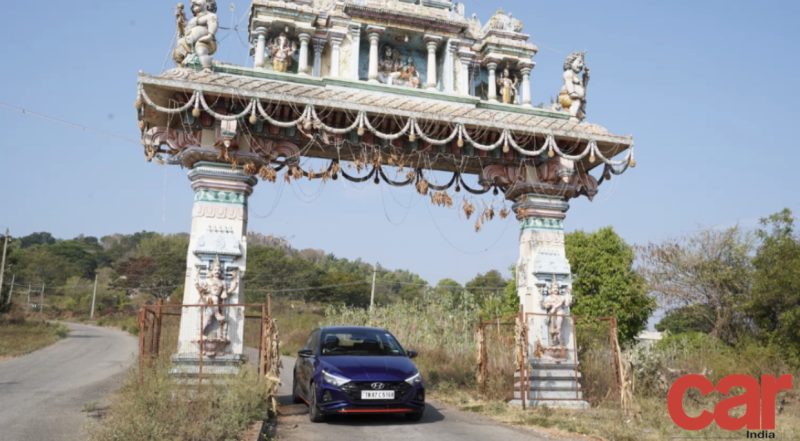
The following day we headed to a village in rural Karnataka, called Mattur or Mathur. It is a village in the Shivamogga district, near the city of Shivamogga, noted for its use of Sanskrit for day-to-day communication, despite the state’s official language being Kannada. These are two of India’s extremely few villages where Sanskrit is spoken as a native tongue. A majority of the 5,000 residents of this village, located around eight kilometres from Shimoga, speak Sanskrit as their primary language. In 1981, Sanskrita Bharati, an organisation dedicated to the promotion of Sanskrit, held a 10-day workshop in Mattur. It was attended by a number of notable figures, including the seer of the Pejawar Mutt in nearby Udupi. When the seer saw the people of Mattur’s desire to preserve Sanskrit, he instantly proposed the concept of a Sanskrit village, which the inhabitants enthusiastically approved.
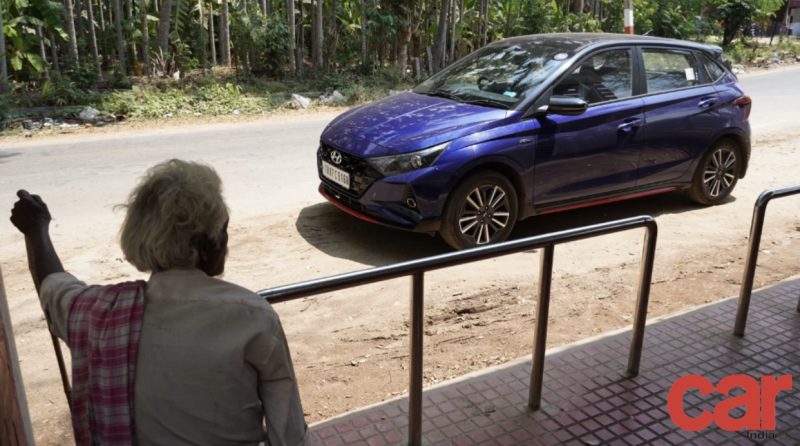
Our last stop on this cultural tour of Karnataka was the Halebidu Archaeological Site that is located in a town in Hassan district which literally means “ancient capital, city, encampment” or “ruined city”. In the 11th century, Halebidu, also known as Dorasamudra or Dwarasamudra, became the regal seat of the Hoysala Empire. It is frequently referred to as Halebeedu or Halebid as the phonetic equivalent in modern literature, a local name after it was devastated and deserted after being ransacked and robbed twice by the Delhi Sultanate’s soldiers in the 14th century.
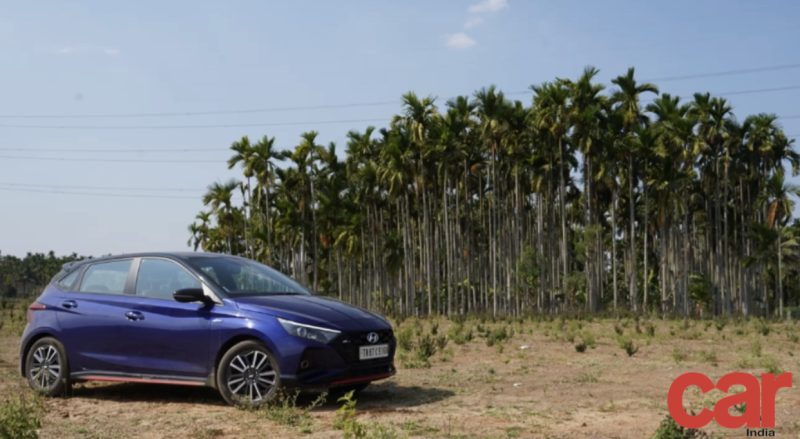
To sum up, culture is a multi-faceted concept that includes both tangible and intangible elements. Language, conventions, beliefs, and values are all examples of cultural aspects. I personally think the best way to really get a feel of the culture is to be on the ground and by undertaking a road trip.
Also Read: Hyundai Alcazar 1.5 Diesel AT Goes Glamping











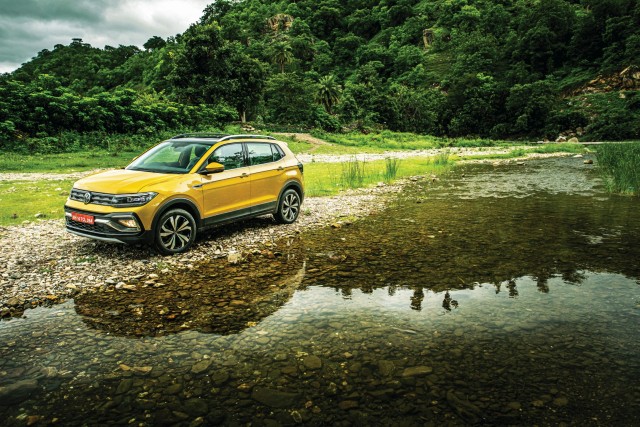


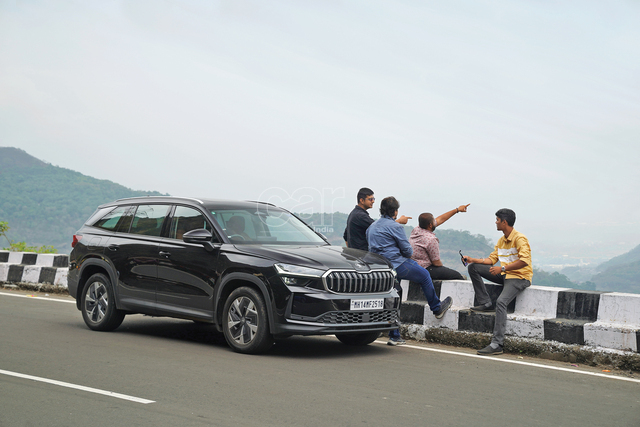



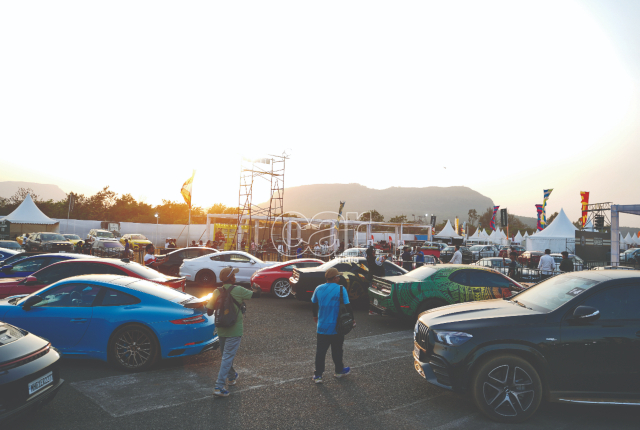



Leave a Reply